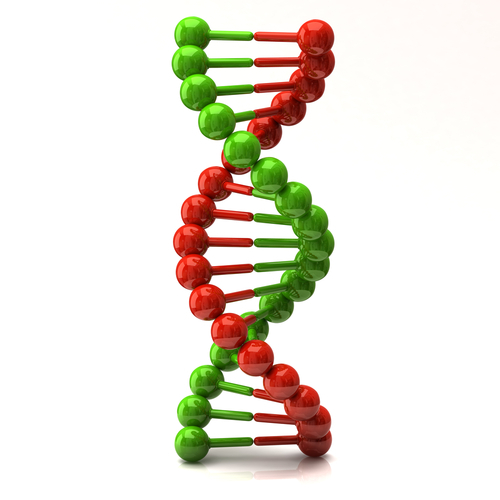MILWAUKEE – Researchers working with University of Wisconsin stem cell scientist James Thomson and Northwestern University have developed a new way to repair damaged DNA, raising the possibility that doctors may one day be able to fix mistakes in our genetic code that cause a host of illnesses.
Reporting in the journal Proceedings of the National Academy of Sciences, researchers described using small RNA molecules to ferry a protein to a specific gene in a human cell. The protein, called Cas9, is found in the bacterium Neisseria meningitidis and has the ability to cut off sections of DNA.
By using this technique, scientists could conceivably remove a section of a gene that contains a harmful mistake known as a mutation. They could repair the gene or inactivate the gene altogether.
“With this system, there is the potential to repair any genetic defect, including those responsible for some forms of breast cancer, Parkinson’s and other diseases,” said Zhonggang Hou, one of two lead authors on the new paper and an assistant scientist on the regenerative biology team at the Morgridge Institute for Research in Madison.
Using RNA molecules to help edit the genome has become a hot area of biology over the past six months, said Aron Geurts, an associate professor in the department of physiology at the Medical College of Wisconsin. Geurts said the excitement surrounding this genome-editing work reminds him of the period in 2007 just after landmark papers by Thomson and Shinya Yamanaka of Japan showed it was possible to change a human skin cell into something extremely similar to an embryonic stem cell.
The new work could someday enhance medicine’s emerging ability to read the human genome and connect diseases to specific mistakes in the script.
Genome-editing, if it ever becomes safe for use in the hospital, would allow doctors who have found a disease-causing problem in a person’s genetic script to take the next step and correct the error. The idea would be similar to the way in which a writer edits a sentence to fix a grammatical mistake.
Although the technology is a long way from being ready for use in a hospital, it can be used in research. Scientists wishing to study a disease can now edit into a cell a genetic mistake, then study the disease as it unfolds.
“We’ve been very interested in this technique and we’re excited that there’s a new option out there for us,” Geurts said.
The new paper cautions that scientists did encounter a problem. In some cases, the wrong section of DNA was cut, usually a section very close to the actual target.
“We definitely have research going on trying to resolve the off-target cleaving,” Hou said. He acknowledged the new method will be more immediately useful in research. Use in human medicine is likely to be many years off.
Send questions/comments to the editors.



Success. Please wait for the page to reload. If the page does not reload within 5 seconds, please refresh the page.
Enter your email and password to access comments.
Hi, to comment on stories you must . This profile is in addition to your subscription and website login.
Already have a commenting profile? .
Invalid username/password.
Please check your email to confirm and complete your registration.
Only subscribers are eligible to post comments. Please subscribe or login first for digital access. Here’s why.
Use the form below to reset your password. When you've submitted your account email, we will send an email with a reset code.